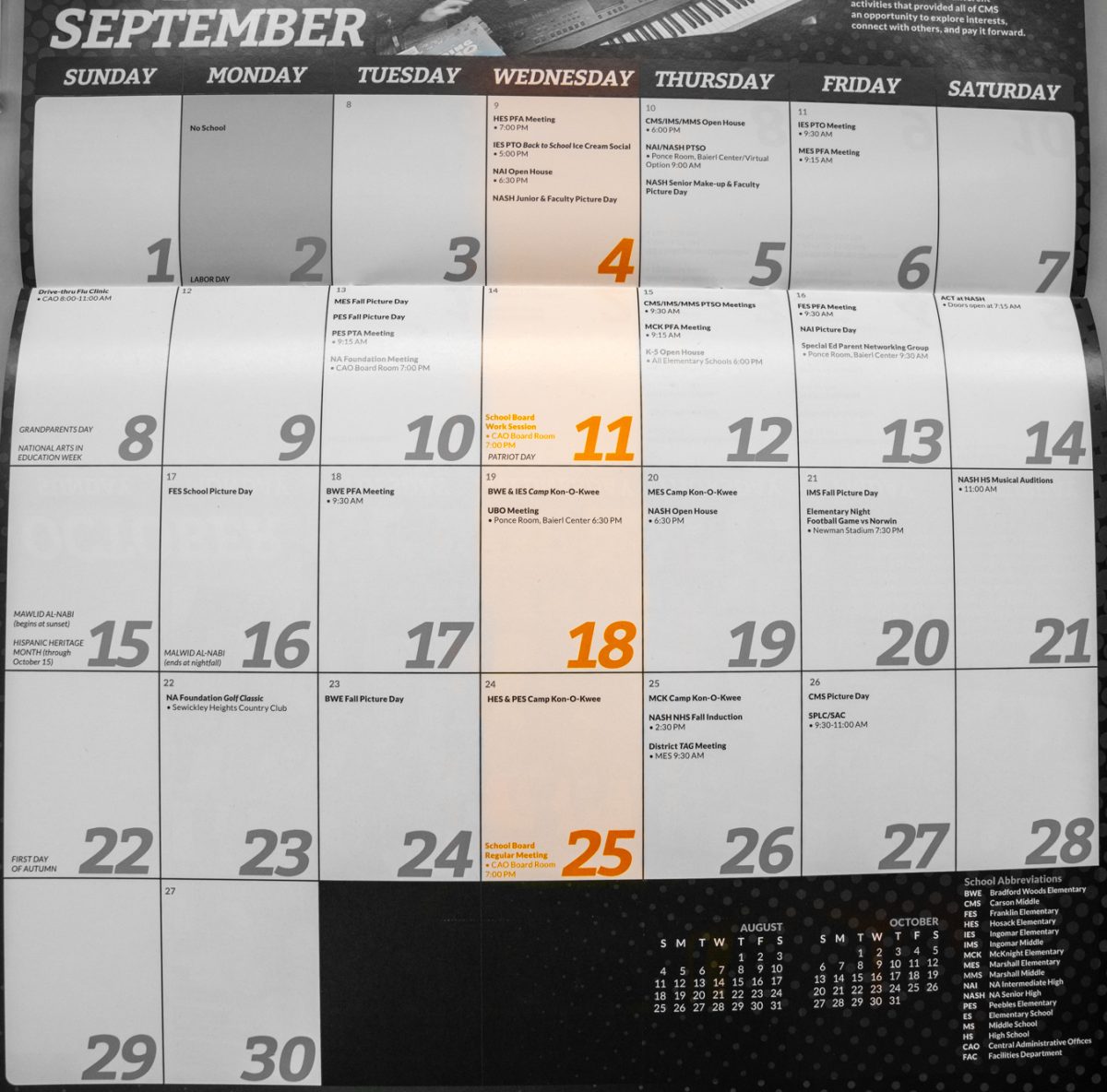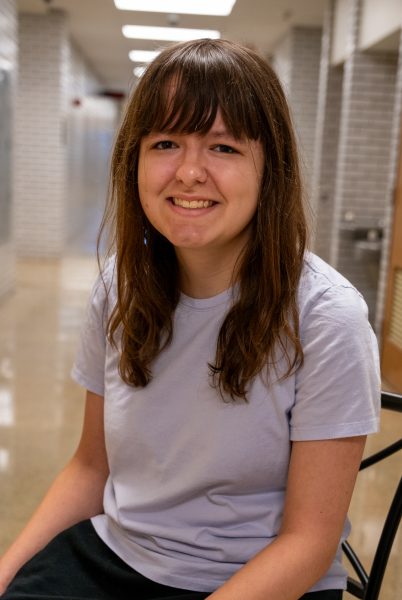As we reach the midpoint of September, NASH students, especially seniors, are busier than ever. Between college and scholarship applications, maintaining good grades in challenging classes, participating in extracurriculars, and working part-time jobs, seniors are making every effort to balance many demanding factors.
Simultaneously, many juniors are preparing for the SAT, getting their driver’s licenses, and managing AP coursework for the first or second time.
Amid all these stressors, most students likely haven’t reflected much on the pandemic and how school functioned during that time. Nonetheless, many students feel like they need more time to rest and catch up.
During the 2020-2021 school year, students who attended school in-person enjoyed a break in the middle of each week, in which they were assigned light asynchronous work and had time to sleep in, relax, and catch up on other work. Those asynchronous remote days were called Wellness Wednesdays.
When full-time, non-cohorted and in-person school returned, these midweek break days disappeared. But does this disappearance have to be permanent?
Some high school students currently feel the need to take an occasional mental health day due to the extensive stressors in their lives. Additionally, students in grades 6, 9, and 11 are navigating an adjustment to a new building and routine while dealing with more assignments and emotional challenges. Given that middle and high school students typically have more responsibilities, can the district consider reinstating Wellness Wednesdays–perhaps just for middle and high schoolers?
Even a Wednesday once a month with asynchronous work could make a significant difference in the physical and emotional wellbeing of students. However, the question of whether this change would disrupt classroom dynamics arises. One concern is whether one day of asynchronous work would interrupt the steady rhythms of teaching styles, leaving students behind or disconnected.
Yet while it is true that remote learning is less educational than in-person learning, a broader view of student performance may suggest that a return to Wellness Wednesdays can be a positive move.
As 61% of teenagers between the ages of 13 and 17 feel stress over producing satisfactory grades, the day would be an invaluable opportunity to get ahead and alleviate academic anxiety.
Of course, a day off for all students might pose challenges for parents who work full-time away from home and must leave their younger children unsupervised all day. However, Wellness Wednesdays don’t have to apply to every grade level. While high schoolers and middle schoolers could benefit from the break, younger elementary schoolers who thrive on recess and time spent with friends might find it disorienting. Therefore, Wellness Wednesdays would be best if implemented solely for middle and high school students.
Additionally, if parents who work away from home are concerned about leaving young middle schoolers alone all day, an in-person option could be implemented. Buses could still run as usual, and students could sit in the library, auditorium, or cafeteria to complete asynchronous work and socialize. Meanwhile, students whose families are comfortable with them staying home could use the day to sleep in and complete lighter assignments.
Shadyside Academy, located about half an hour from NASH, continues to implement a modified form of Wellness Wednesday every week, in which students arrive at 9:35am and depart a half-hour later than usual. Students can choose to sleep in on Wednesdays or go to school early to meet with their teachers for individual help.
Could North Allegheny do the same in the future for middle and high schoolers? As students face increasing demands and consistently feel like they’re running behind, maybe it’s time to revisit the idea of Wellness Wednesdays–not just as a reminder of the past, but as a valuable anxiety-reducing option for the present and future.
_______________________________
Editors’ note: All opinions expressed on The Uproar are a reflection solely of the beliefs of the bylined author and not the journalism program at NASH. We continue to welcome school-appropriate comments and guest articles.



